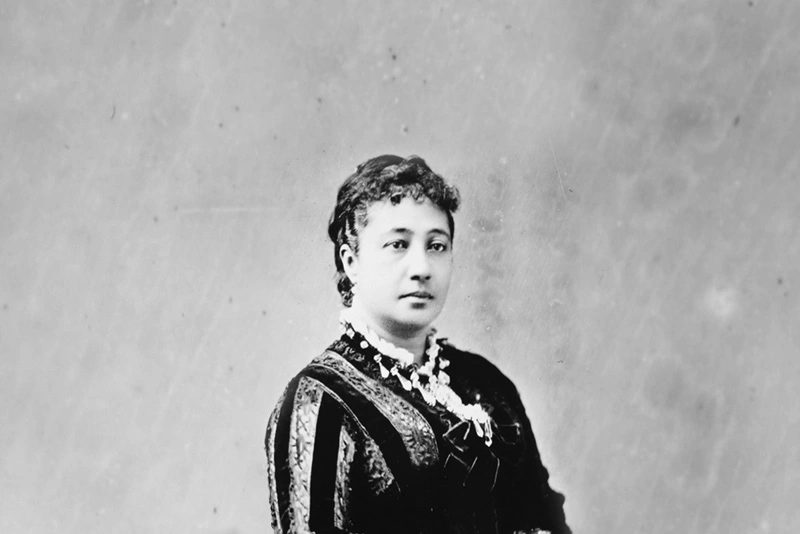| Face coverings | Face masks are no longer required to be worn on-campus, but are strongly encouraged when COVID-19 Community Levels are at medium or high levels. If certain conditions were to arise such as outbreaks or high absenteeism, our campus may mandate universal indoor masking or targeted indoor masking when appropriate to do so. Masks should be worn when sick, as is recommended by the CDC. If students become ill during the school day and do not have a mask, one will be provided in the health rooms. | Masks are recommended if in a large group or close contact is sustained over a long period of time. |
| Stay Home if Ill | Kamehameha Schools has developed specific guidelines for returning to school and what should happen if symptoms develop, including when testing should be conducted. | If your child has experienced any symptom(s) of COVID-19 for 1-3 days, students can return to school after a negative test if 24 hours with no fever (and no fever-reducing medications) and symptoms are improving. If student has a fever or is still sick even with a negative home test, continue to isolate and test again after 24-48 hours.; a doctor’s note continues to be required for return following 4 or more days of illness. See specific return to school procedures on our Symptoms and Testing page. See specific return to school procedures on our Symptoms and Testing page. |
| Isolation and Quarantine | Hawaiʻi Department of Health guidelines for isolation and quarantine must continue to be followed. Anyone who tests positive for COVID-19 is still required to isolate for a 5-day period in accordance with DOH guidelines. | Please continue using the COVID-19 Reporting Form to report positive cases. Household close contacts no longer need to be reported. |
| Vaccinations | We continue to encourage all KS staff, students, and their ʻohana to stay up to date with COVID-19 vaccinations, as the leading public health strategy and the best way to stay and keep others safe. You can find a vaccination location at HawaiiCOVID19.com/vaccine. | Update your vaccination record with any booster information or load your card on your electronic health record via the Moʻomōʻali Olakino app in your ʻOhana Portal. Find vaccination information at hawaiicovid19.com/vaccine/ |
| Testing | Testing to rule out COVID-19 is recommended when students are sick with COVID-like symptoms. Documentation of the test results are not required when returning to school after COVID-like symptoms, but documentation is required if missing school for 4 days or more (doctor’s/PCP note to clear student to return to school). Testing may be required for certain activities, events, or school-sponsored travel based on the conditions at that time and the nature of the activity. | We encourage our community to access local community testing sites as needed. |
| Hygiene and Hand Washing | Increased hand washing, proper face covering protocols, coughing/sneezing into tissues or your elbow, not touching your face are all examples of good preventive hygiene and respiratory etiquette and are encouraged. Hand sanitizer continues to be provided around campus. | Students and staff are encouraged to cover coughs and sneezes with a tissue, throw used tissue in the trash and hands washed immediately with soap and water for at least 20 seconds, or use hand sanitizer that contains at least 60% alcohol. Sanitizer is readily available around campus. |
| Cleaning, Sanitizing, and Disinfecting | Classrooms and common areas will be appropriately cleaned, sanitized, and disinfected as directed by guidance provided by the Centers for Disease Control and Prevention. Frequently touched surfaces are sanitized daily at the end of the day. Cleaning protocols are informed with CDC Cleaning and Disinfecting Guidelines. | KS will continue to clean and sanitize using additional EPA approved commercial products as part of its daily cleaning process after the work/school day ends. |










